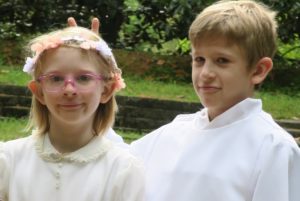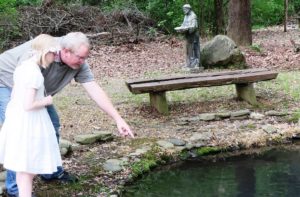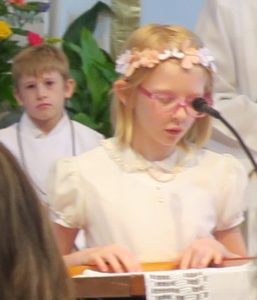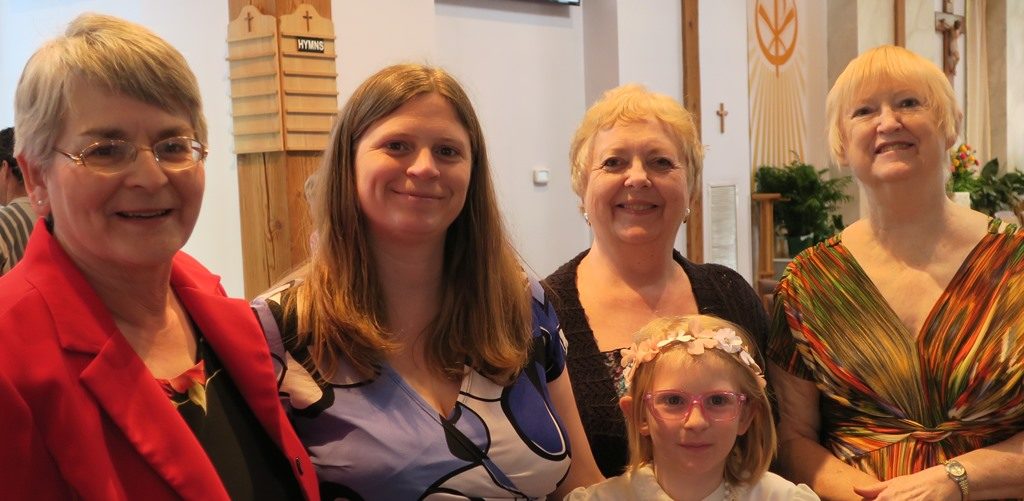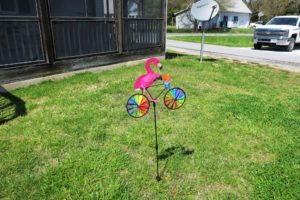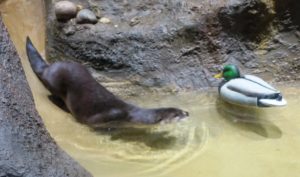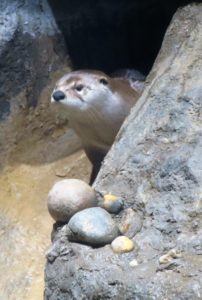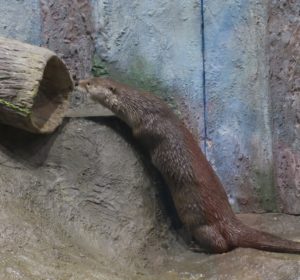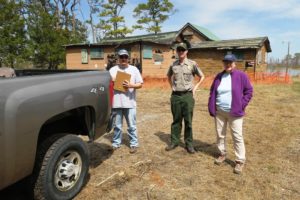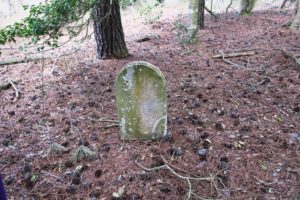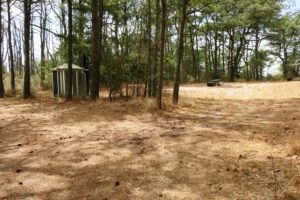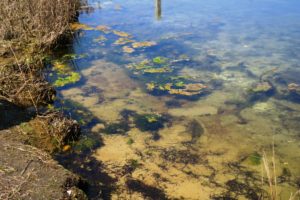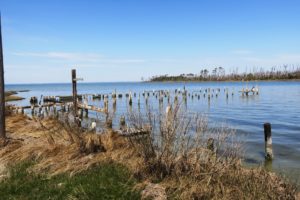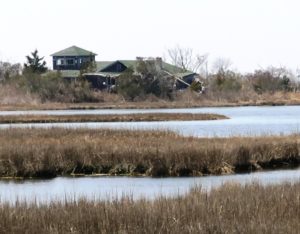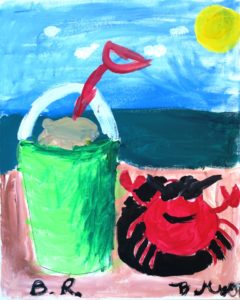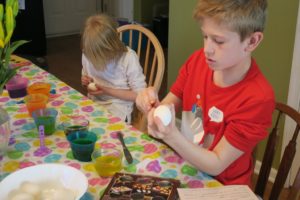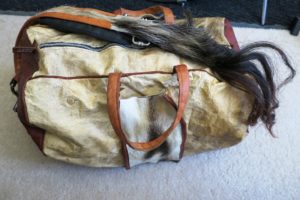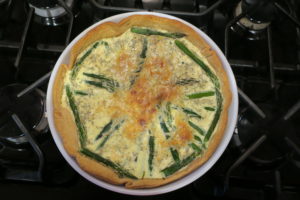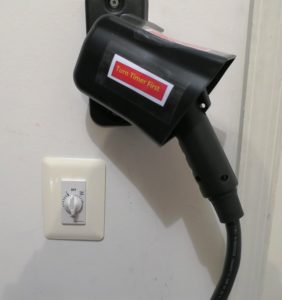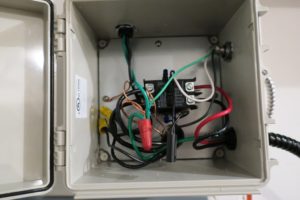We finished our busiest week. Our primary job is to run the presentations for schools that schedule visits to the park. Last week, we had up to 8 presentations in one day. We needed all hands on deck. Now the very busy part of our job is over. We have half days of work for the rest of the month. We’ll be helping out with other aspects at the park, but there isn’t all that much that’s important until the big crowds come, starting on Memorial Day weekend.
We’ve had to make adjustments. Our internet plan provides 10 GBytes of data a month. I was shocked to learn that the web pages we visit and our Email use nearly 3 times that much data. Adapting is not very hard. We also get a bonus of 50 GBytes of data a month, provided it is used between 2 and 8 AM. We are early risers. We start our work day at 8:30. So we’re doing our internet in the morning. We turn our connection off for the rest of the day. We have two new housemates starting today. Ben is living upstairs. He is doing a bat survey and will be here for a couple of weeks. Karen is living in one of the bedrooms downstairs. She is a “free spirit” and quite a talker. She took a seasonal job here because the ocean is her “healing place”. She’s a very nice person, but definitely works at a different wavelength than Danita and I. After dinner, we sequestered ourselves in our room. We knew that more people would eventually live in the house with us, but we thought that they would tell us a day or so ahead before people came. We learned of Ben and Karen when they showed up.
We had a very uncharacteristic weekend. It started out normally. Saturday was sunny and warm. We did chores and took bike rides. The strangeness started Sunday. We went out to breakfast on Mother’s Day. Normally, we consider that the worst day of the year to eat out, but we went to 7 AM Mass, and got to the restaurant before the crowds. Then went up to Rehoboth Beach to visit the outlet stores. We’re looking forward to our trip to France. In our previous travels, we’ve found that there are times when the best plan is to wash clothes in the hotel sink. That doesn’t work for heavy pants and shirts, because the clothes don’t dry fast enough. I still remember working in Paris, unable to find a wash and fold, and spending a small fortune to get my clothes laundered. (I was on an expense account at the time.) We got some light weight clothes that dry quickly. This was a desperation trip. We tried shopping in Columbia. The stores don’t carry a broad selection of these kinds of clothes (even REI). I looked online, but felt uncomfortable buying clothes I couldn’t see or try on. It was a productive trip. I found all the pants and shirts I will need. Danita found a couple of things. The discounts are astounding, but shopping at the outlet stores was stressful. I wouldn’t have been able to do it without Danita’s support.
The rest of the weekend was a bit of a bust. After the beautiful weather Saturday, Sunday was 60 degrees with occasional rain. We cancelled our other plans and spent the day at our temporary home, relaxing until we found ourselves talking with Karen. ;-)
We had some very good news this week. Mark is scheduling his thesis defense. We’re looking forward to attending.
I hope this finds everybody doing well.



